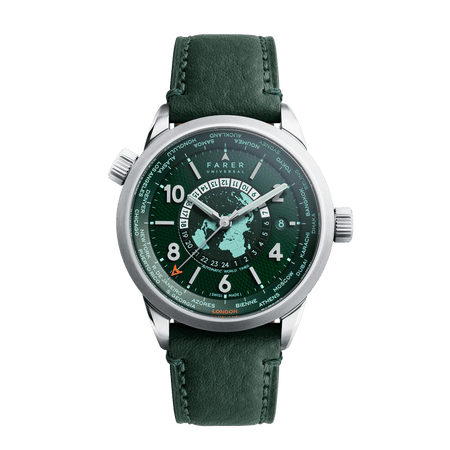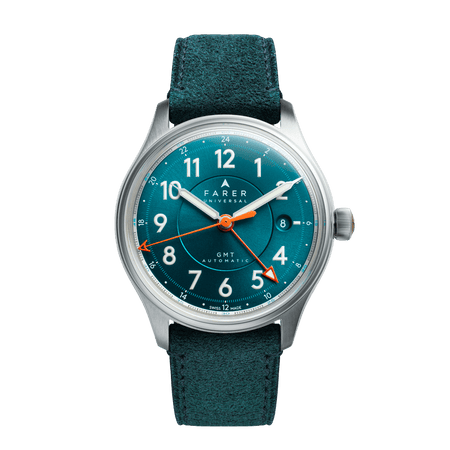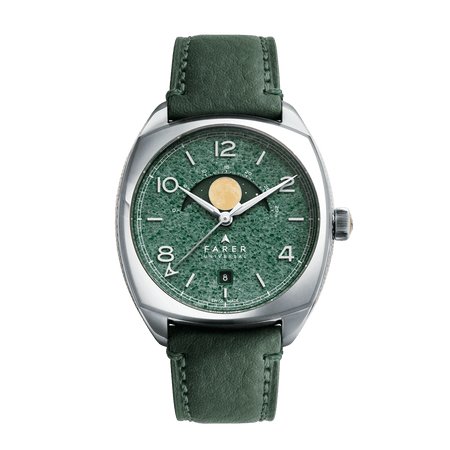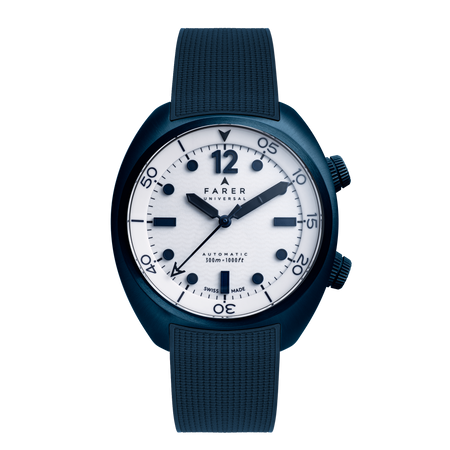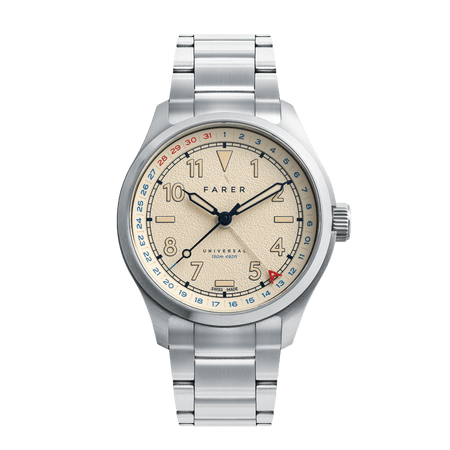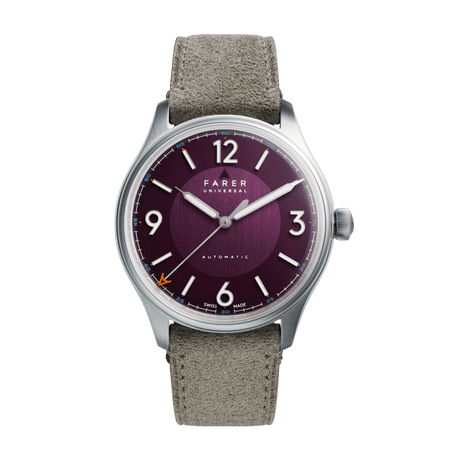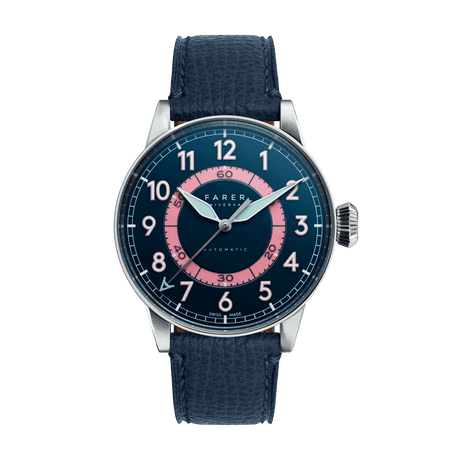Kielder Observatory: Moonphase Launch
The moonphase complication is one of the oldest and most elegant complications used in watchmaking today. However, you might not be aware of just how long humans have been tracking the lunar cycle. 
Timekeeping has always been an intrinsic part of human civilization, and as a result, we’ve been using the Moon to help track the passage of time for millennia. The oldest confirmed lunisolar calendar is at Warren Field in Scotland and dates to 8000 BCE, though there’s evidence that could suggest other humans had begun tracking the lunar phases even earlier than this. Warren Field is little more than a series of pits aligned with the moon’s orbit, but it’s nonetheless impressive to think that prehistoric humans had mastered the lunar cycle before they’d stopped being hunter-gathers.



But, despite this, you might think that the use of clockwork to track the moon’s orbit was a relatively recent invention. However, you’d be mistaken, as the first example of a device capable of tracking the lunar cycle is the 2,000-year-old Antikythera mechanism built by the ancient Greeks. Nothing perhaps demonstrates the importance of the lunar cycle to the ancient peoples more than the fact that they built such an incredibly complex device simply to track its stages.
Given the importance of the lunar calendar to our concept of time, it’s perhaps no surprise that the moon phase was one of the earliest complications to be used in clockmaking. Astronomical or moonphase clocks were first built in the 15ᵗʰ century, and the complication evolved as technology advanced, getting progressively smaller as clocks and later watches developed.
Today, the lunar cycle is no longer critical for us to tell the time, but despite this, the Moon and space in general still remain an important focus of scientific study. So, in the run-up to the Moonphase launch, we decided to pay a visit to Kielder Observatory in Northumberland.



The observatory is situated in Northumberland and Kielder Water and Forest International Dark Sky Park, which is the second largest area of protected night sky in Europe. The park takes up an area of nearly 580 square miles, and it’s incredibly remote and breathtakingly beautiful. True to form, the British weather wasn’t on our side, and the observatory was shrouded in mist and clouds. Though this obscured the normally mesmerizing panoramic views, it also helped highlight just how isolated this wilderness is.


The observatory itself is fairly unassuming with its two main telescopes mounted in rotating turrets on a raised wooden structure. The telescopes themselves are impressive pieces of equipment, costing well into five figures. Kielder observatory has several other telescopes as well, and with these, the staff can take images of anything from the Moon to distant galaxies.
The imagery produced is spectacular, and even the casual observer will appreciate the breathtaking beauty of what lies beyond our planet. And now, thanks to our visit to Kielder, that’s something I’ll think about every time I look at the moon slowly travelling across the dial on one of the Moonphase models.
